Summary
The lake is home to various species of fish, including largemouth bass, bluegill, crappie, and catfish. Anglers can expect to have a great day on the water with plenty of bites and potential for trophy-sized catches.
Aside from fishing, there are plenty of nearby activities to enjoy, including hiking, birdwatching, and camping. Visitors can also explore nearby attractions such as the Ocala National Forest and the Alexander Springs Recreation Area.
When fishing in Grasshopper Lake, it's important to use the right bait and lures for the specific species you are targeting. Anglers have found success with soft plastic baits, topwater lures, and live bait. It is also recommended to fish during early morning and late afternoon hours when the fish are most active.
The best time to visit Grasshopper Lake for fishing is during the spring and fall months when the temperatures are mild and the fish are more active. The average temperature during these months is around 70-75 degrees Fahrenheit. However, fishing can still be productive year-round if the right techniques and bait are used.
Overall, Grasshopper Lake is a great location for anglers looking to catch a variety of fish species and enjoy the beautiful Florida scenery.
Weather Forecast
Nearby Streamflow Levels
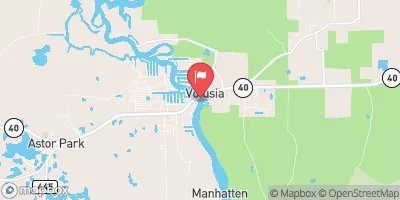 St. Johns River At Astor
St. Johns River At Astor
|
5540cfs |
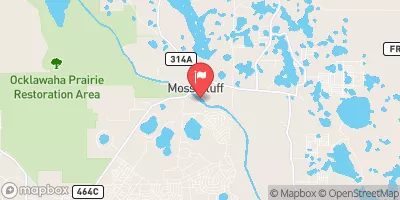 Ocklawaha R At Moss Bluff
Ocklawaha R At Moss Bluff
|
23cfs |
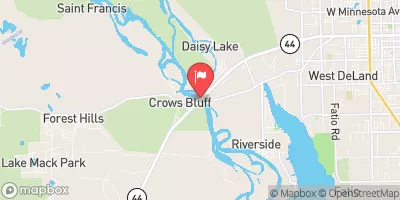 St. Johns River Nr Deland
St. Johns River Nr Deland
|
3920cfs |
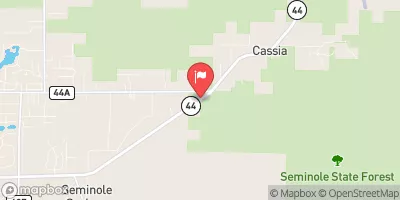 Blackwater Creek Near Cassia
Blackwater Creek Near Cassia
|
29cfs |
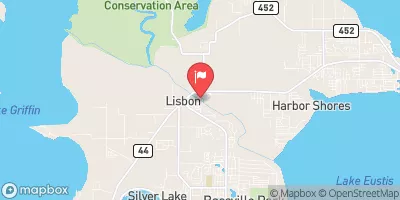 Haines Creek At Lisbon
Haines Creek At Lisbon
|
17cfs |
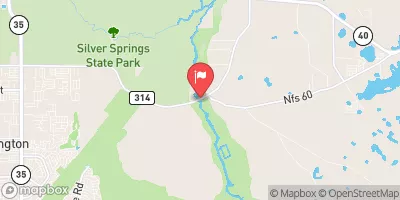 Ocklawaha River Nr Ocala
Ocklawaha River Nr Ocala
|
10cfs |
Angling Safety Guidelines
Check local fishing rules, seasons, size limits, and license requirements to ensure legal and sustainable angling.
Handle Fish Responsibly
Use wet hands, minimize air exposure, and release fish gently to improve survival rates when practicing catch-and-release.
Choose the Right Gear
Match your rod, line, and tackle to the species and conditions to increase success and reduce unnecessary harm to fish.
Respect the Waterway
Avoid disturbing habitat, prevent bank erosion, and keep a safe distance from spawning areas to protect ecosystems.
Keep It Clean
Pack out all line, hooks, bait containers, and trash—discarded gear can injure wildlife and degrade waterways.
Related Links
Area Campgrounds
| Location | Reservations | Toilets |
|---|---|---|
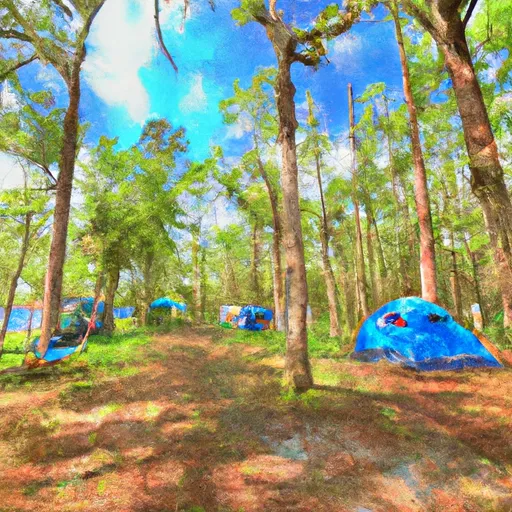 Buck Lake Group Camp
Buck Lake Group Camp
|
||
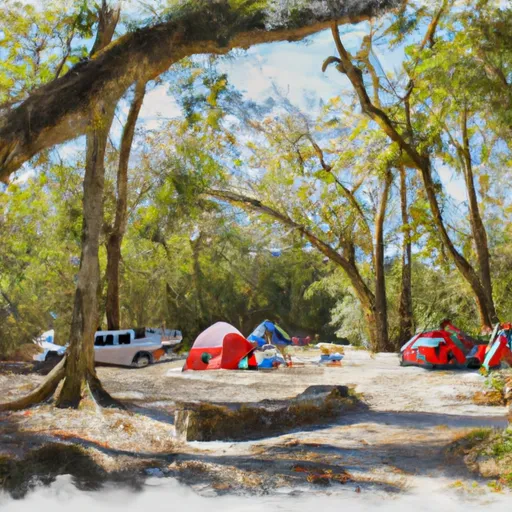 Alexander Springs Campground
Alexander Springs Campground
|
||
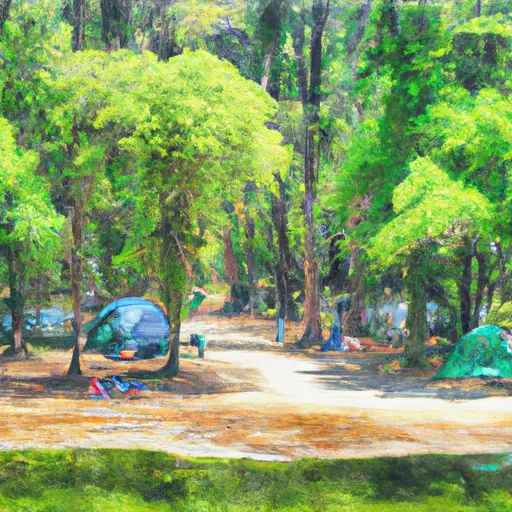 Alexander Springs
Alexander Springs
|
||
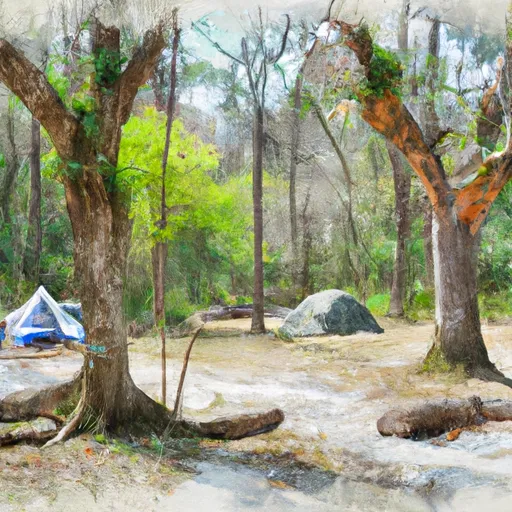 Juniper Springs Run Take Out
Juniper Springs Run Take Out
|
||
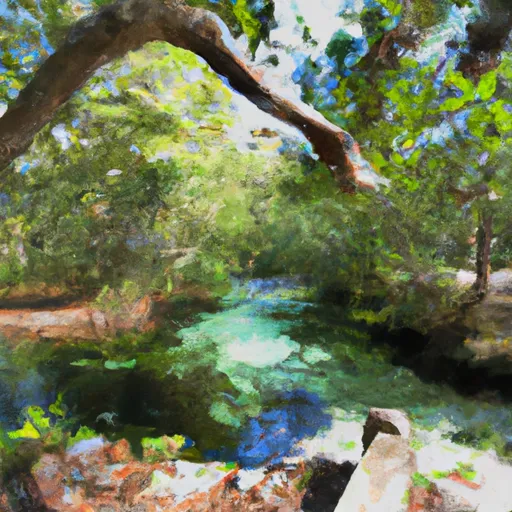 Juniper Springs Run Put In
Juniper Springs Run Put In
|
||
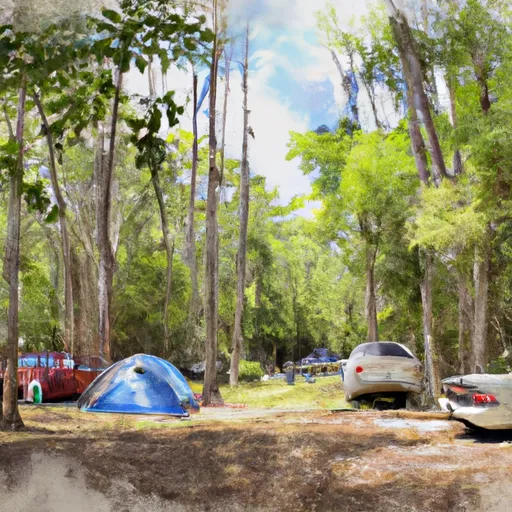 Lake Dorr Campground
Lake Dorr Campground
|

 Beakman Lake
Beakman Lake
 South Grasshopper Lake
South Grasshopper Lake
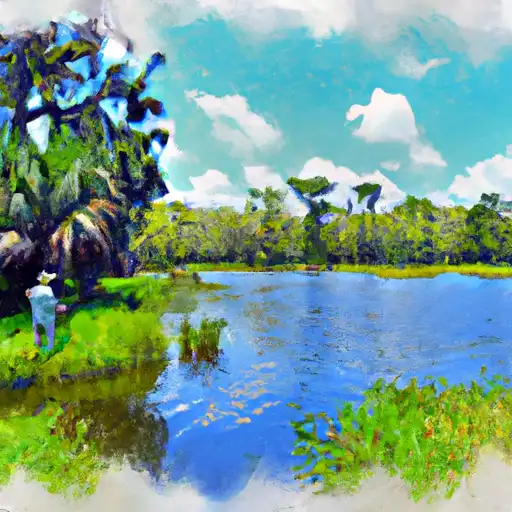 North Grasshopper Lake
North Grasshopper Lake
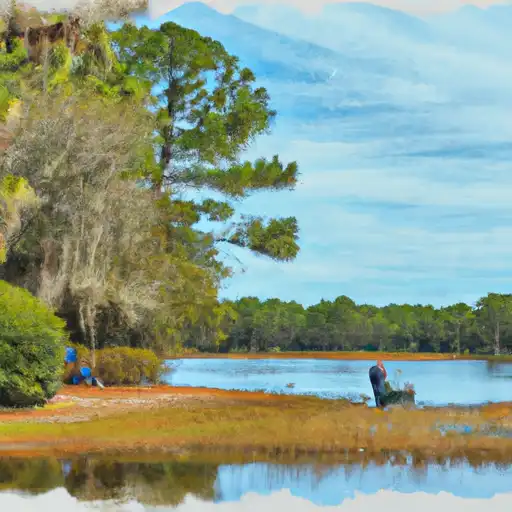 Sellers Lake
Sellers Lake
 Chain of Lakes
Chain of Lakes
 Marion County
Marion County
 Wilderness Billies Bay
Wilderness Billies Bay
 Alexander Springs Recreational Area
Alexander Springs Recreational Area
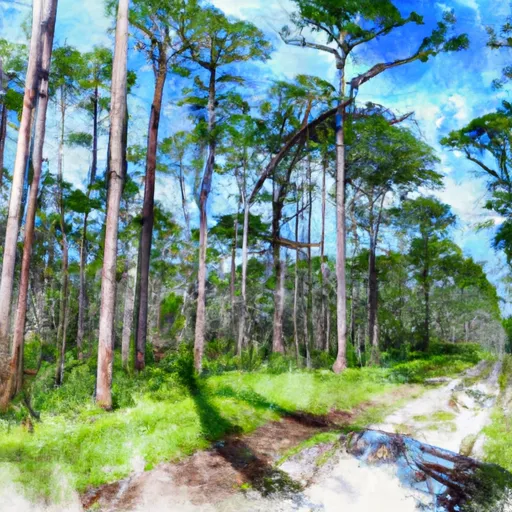 Lake George State Forest
Lake George State Forest
 Ocala Wildlife Management Area
Ocala Wildlife Management Area
 Clearwater Lake Recreation Area
Clearwater Lake Recreation Area